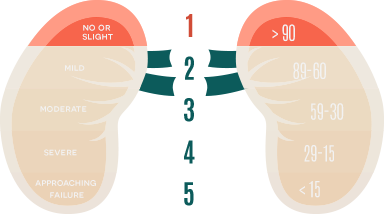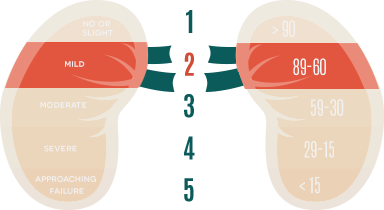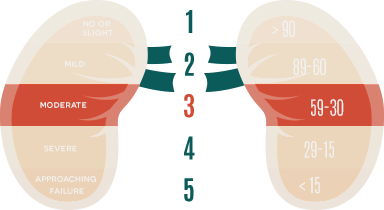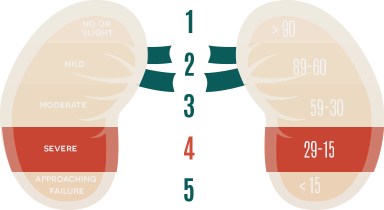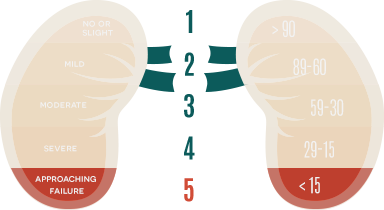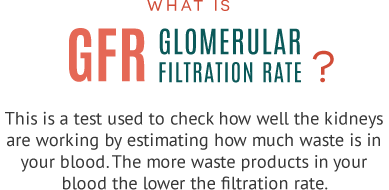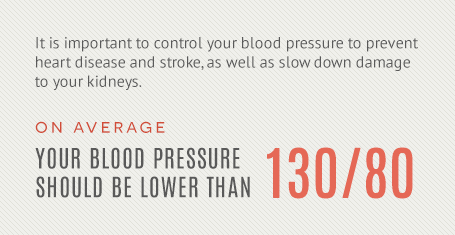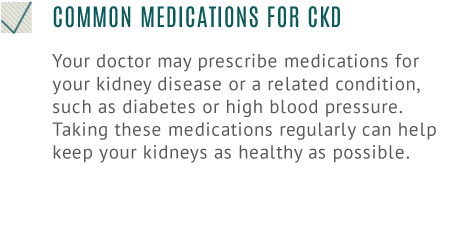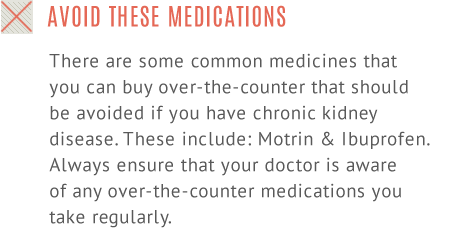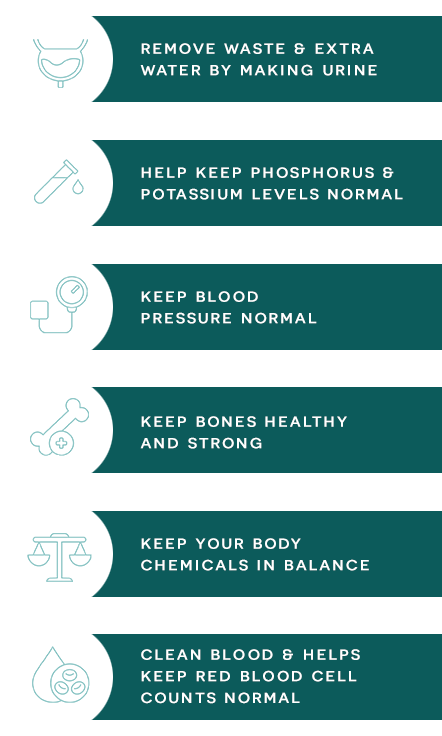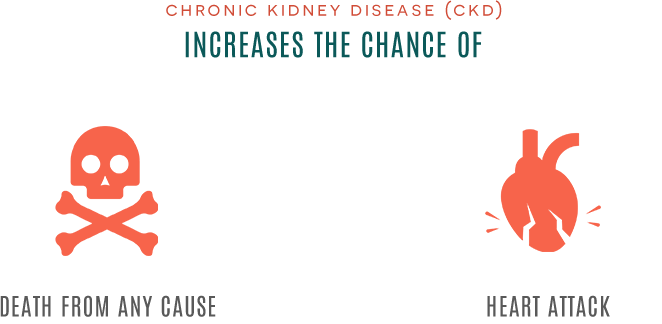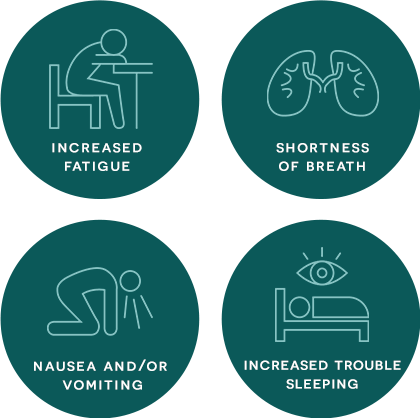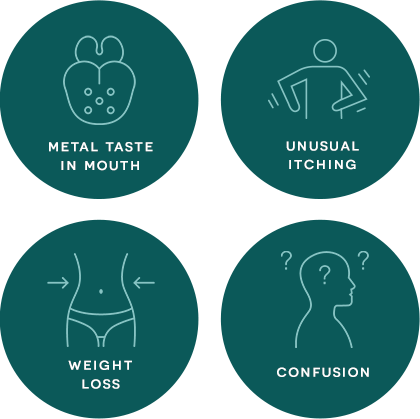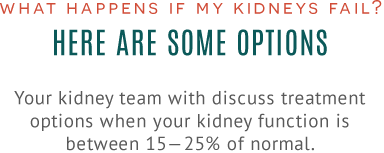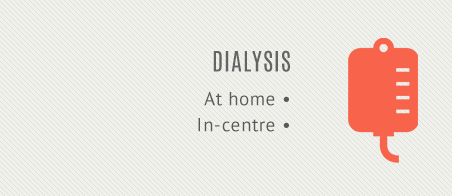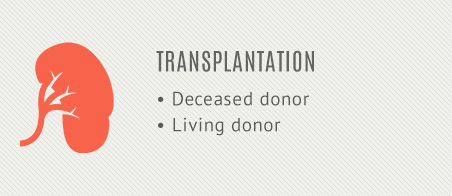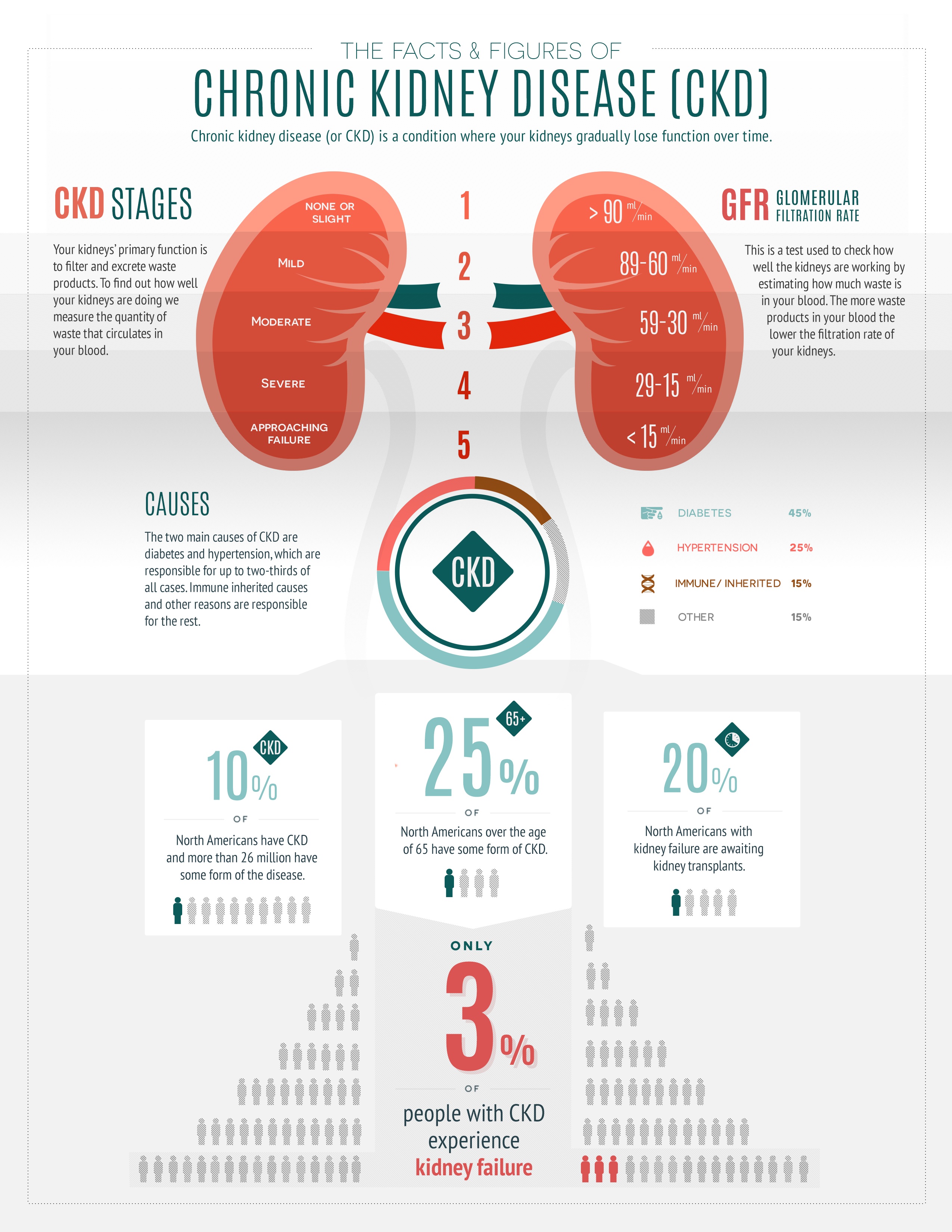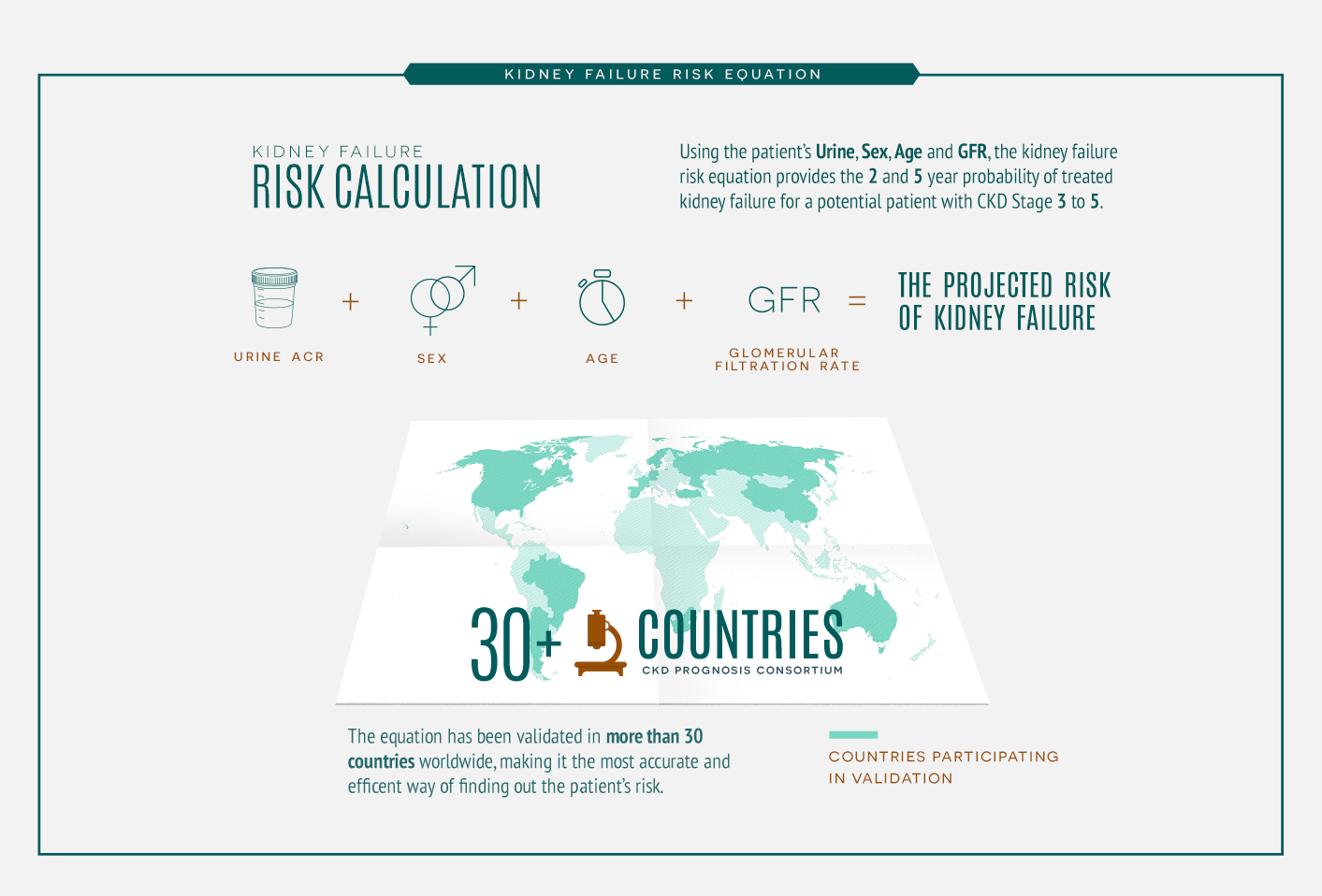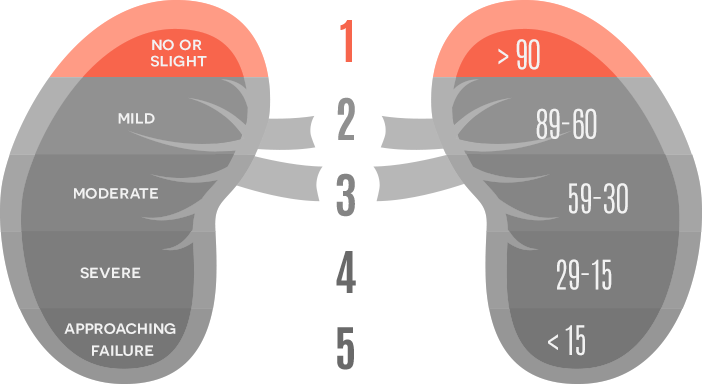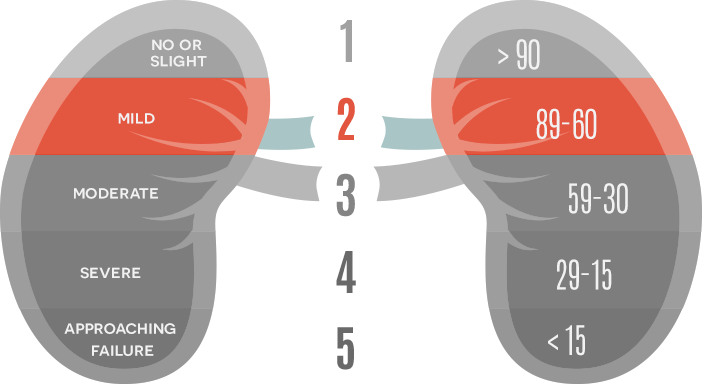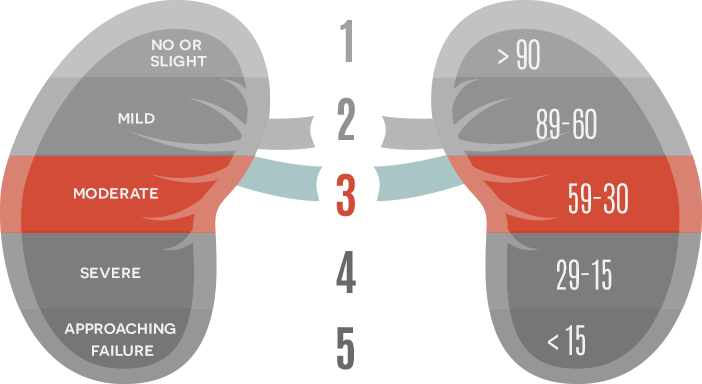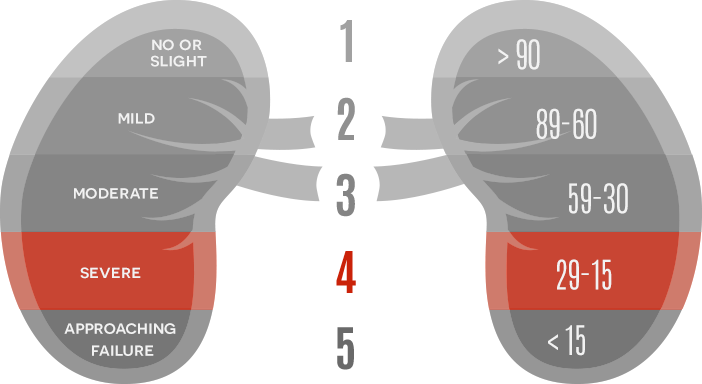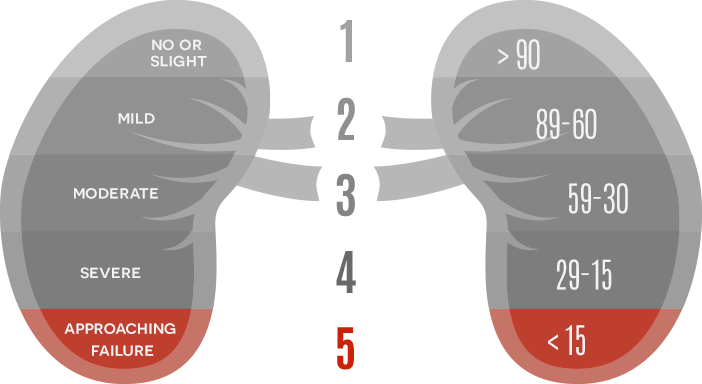
The Kidney Failure Risk Equation
Find out your real risk of kidney failure
Facts & Figures of
Chronic Kidney Disease (CKD)

Your kidneys' primary function is to filter and excrete waste products. To find out how well your kidneys are doing, we measure the quantity of waste that circulates in your blood.

This is a test used to check how well the kidneys are working by estimating how much waste is in your blood. The more waste products in your blood the lower the filtration rate.
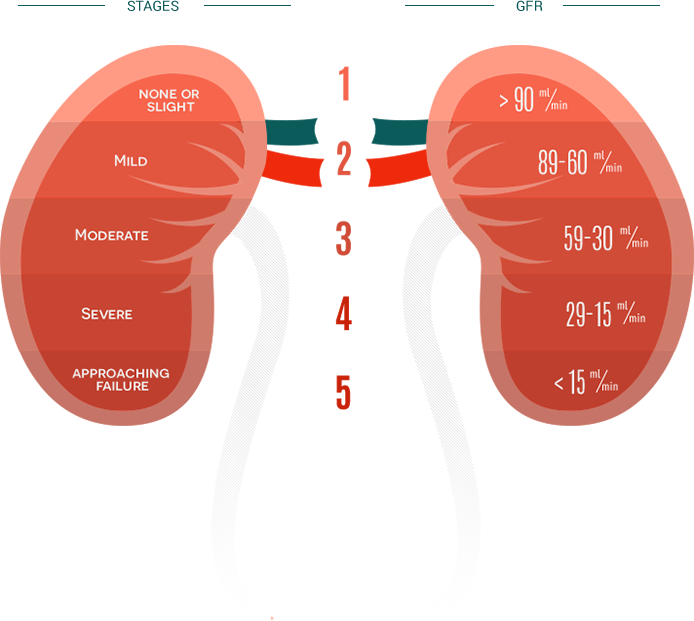
Causes
The two main causes of CKD are diabetes and hypertension, which are responsible for up to two-thirds of all cases.
Immune and inherited causes, as well as other reasons, are responsible for the rest.
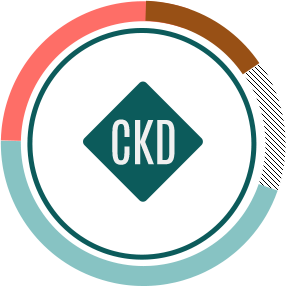
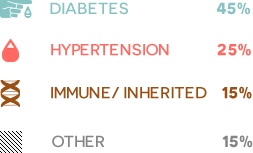
Video Gallery
The following video provides more information on the main causes of CKD, infographics with statistics in North America and important information about Kidney Failure Risk.
The following videos provide additional information about different levels of Kidney Failure Risk.
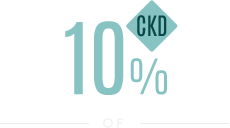
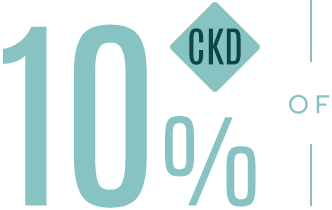
North Americans have CKD and more than 26 million have some form of the disease.

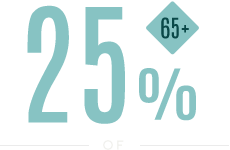

North Americans over the age of 65 have some form of CKD.



North Americans with kidney failure are currently awaiting kidney transplants.

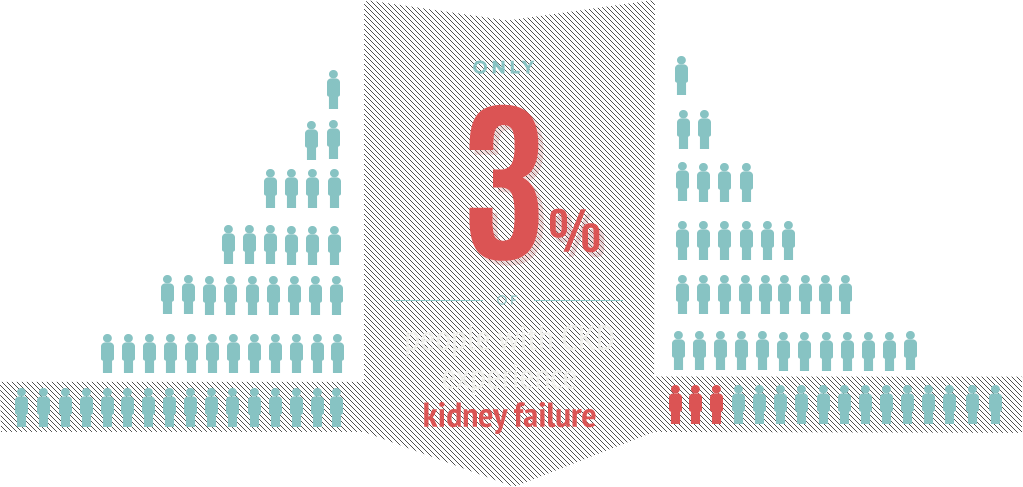
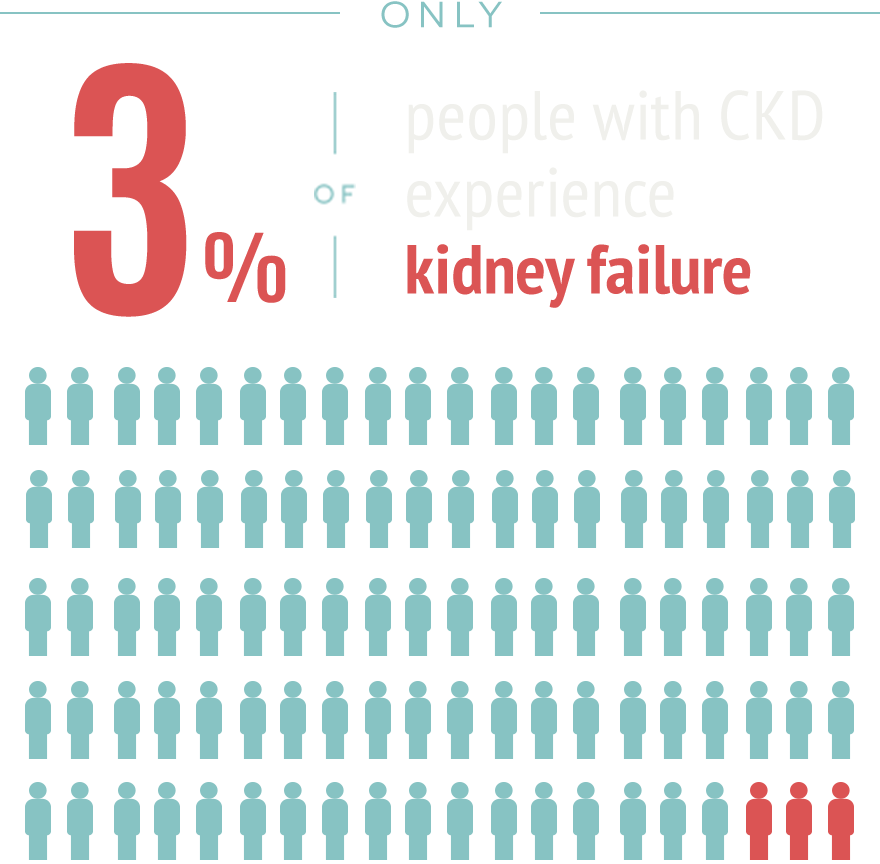
Kidney Failure Risk Equation
Using the patient's Urine, Sex, Age and GFR, the kidney failure risk equation provides the 2 and 5 year probability of treated kidney failure for a potential patient with CKD stage 3 to 5.

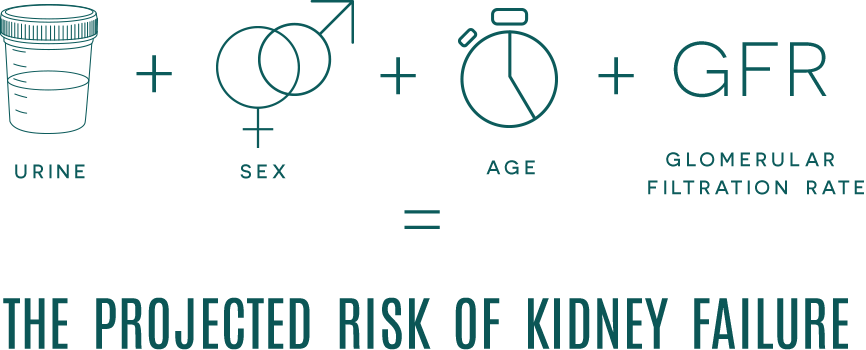
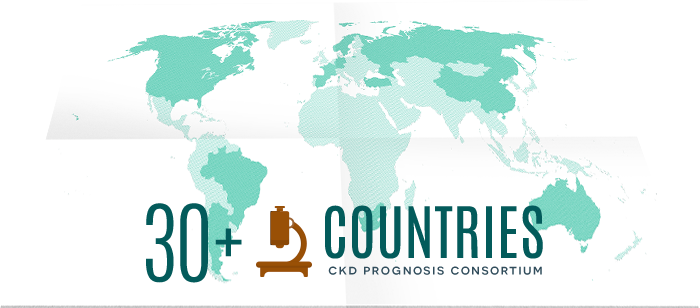


Want to learn more?
Download the Your Kidneys, Your Health Handbook to understand more about CKD.







